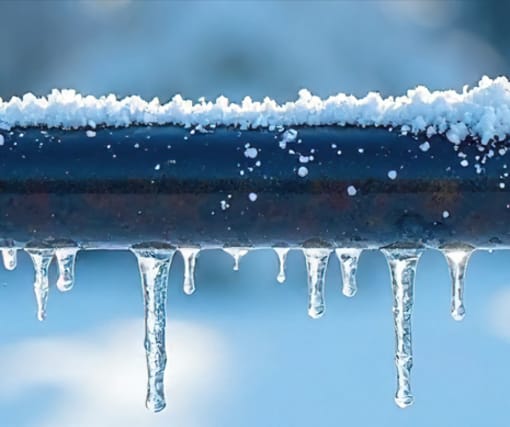2025-01-22
Avoiding frozen pipes: follow our winter maintenance tips

Winter weather and below zero conditions can lead to frozen water pipes. Prolonged freezing could lead to a broken pipe and leaks that could damage the interior of a building. Here’s a few simple steps to help prevent serious and costly problems.
Before the cold weather arrives:
- identify pipes that are at risk of freezing especially those in unheated attic spaces, around windows and exposed walls
- insulate exposed pipes and — where possible — provide warm air ventilation
- open cabinet doors under sinks, check and caulk pipes on exterior walls to plug holes
- be proactive — arrange for a preventative maintenance visit by a professional plumber
Once winter sets in:
- be sure to maintain a consistent indoor temperature – don’t let it drop below 16°C/55°F
- allow a small trickle of water to move through pipes by letting faucets drip during extreme cold since moving water is less likely to freeze
- seal any cracks that can provide an opening for snow, water or frost
- disconnect exterior hoses and drain irrigation systems
- know the location of main water shut-off valves. They can be difficult to find, but look like faucets
- establish effective lines of communication with residents to warn them about frozen pipes and steps to protect their property. Provide emergency contact information
- monitor weather forecasts and upcoming cold spells
WE’RE HERE TO HELP
Winterization is a vital responsibility for strata and condo corporations to ensure the well-being and comfort of residents, as well as to protect the property from potential damage. For more loss control information, don’t forget to connect with your BFL CANADA representative to keep your insurance portfolio up to date.
Information is for general guidance only and not a substitute for professional advice.
